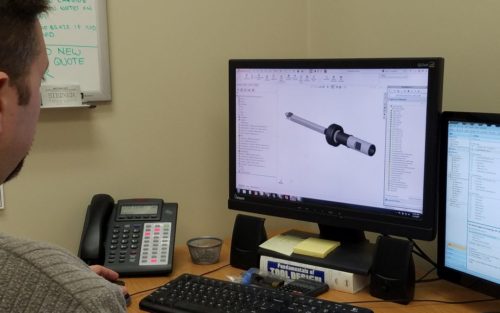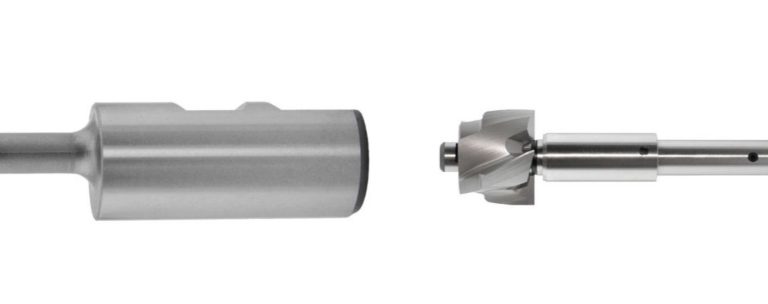Design Automation Software: What It Does and Why It’s a Game-Changer for Manufacturers

In the world of manufacturing, we tend to think in terms of faster, better and more cost-efficient. So when we find ways to significantly improve any one of these factors, well … it’s exciting. That’s how I would describe our experience in using DriveWorks design automation software. Simply put, it’s been a game-changer for us. In addition, the implementation of a design automation process has had benefits that go beyond our internal operations here at Steiner. The software offers distinct advantages that manufacturers at every level can benefit from. In this blog, we’ll take a quick look at what the software does and some of the key benefits.
Design Automation Software: What It Is & What It Does
DriveWorks design automation software works in tandem with the very popular SolidWorks 3D modeling and design software package. SolidWorks is used to design just about any custom product with a wide range of features and functionality. It provides a platform for designing parts, assemblies and drawings, giving manufacturers an impressive ability to visualize product designs upfront. DriveWorks enables engineers to automate and standardize the tool design process (As an example, Steiner uses both SolidWorks and DriveWorks for its back counterboring tools.) It’s the combination of these two types of software that presents real potential for a streamlined design process and a higher-quality product in the end.
Why It Provides Value to Manufacturers
For companies who create custom tooling solutions, and for manufacturing engineers who integrate those solutions into their processes, 3D modeling software and automation software adds value in the following ways:
- Access to a 3D model file. Tools that are created with the aid of modeling and design automation software come with a definite advantage: they are typically accompanied by a model file. Manufacturers who order these tools can request this 3D model file, then import it into their own toolpath software to check for interferences between the tool and the part, the machine, the fixtures and so on. This, in effect, lessens the chance of crashes.
- Consistency in product and process. Software like SolidWorks and DriveWorks improves consistency in a few ways. Automation greatly reduces the chance for design errors, which is particularly helpful when manufacturing different “families” of parts that have the same design across many different sizes. And the less variation in the product, the less variation in the process. Consider the time it takes to implement and document the process for running a new tool (speeds/feeds, operating sequence, etc). If you should need to re-order a new or replacement tool in the future, it’s extremely valuable to know that it will perform the same as the original one. 3D modeling software and automation software provides manufacturers with this added level of assurance.
- Shorter lead time. Using modeling and design automation software drastically reduces tool design time, resulting in a shorter lead time for customers. This is obviously a huge advantage for both custom manufacturers (who are processing many orders) and for the engineers who are waiting on those tools to improve their own processes. At Steiner, for example, the software helped us reduce our tool design time by about an hour and a half per design, helping us turn around orders faster and with more accuracy.
So far, the investment in SolidWorks and DriveWorks has been a valuable one for Steiner. We couldn’t be more excited about what it means for our customers as well as the manufacturing community at large – and I hope this blog helps you think about how your operations can benefit from it as well.
For more manufacturing inspirations, check out our resource center. And don’t miss our follow-up blog on how DriveWorks software automates the quoting process.
As always, if you have questions or would like to discuss, don’t hesitate to connect with us at any time.






